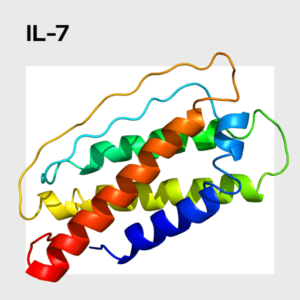Sex Hormone Binding Globulin (SHBG)
Sex Hormone Binding Globulin (SHBG) is a protein primarily produced in the liver that binds to the sex hormones testosterone (an androgen), dihydrotestosterone (DHT) (an androgen), and estradiol (an estrogen) in the blood, rendering them biologically inactive. Changes in SHBG levels can affect the amount of these hormones that is available to activate hormone receptors in tissues throughout the body.
Name: Sex Hormone-Binding Globulin
Category: Other Analytes – Sexual Arousal
Type of Test: Blood only
Sex hormone-binding globulin (SHBG), sometimes referred to as sex steroid-binding globulin, is a homodimeric glycoprotein produced primarily in the liver that binds to sex hormones, rendering them biologically inactive. The binding affinity of sex hormones for SHBG is highest for the primary androgens (i.e., dihydrotestosterone [DHT] and testosterone), but estrogens (estradiol in particular) also bind to this protein. DHT, for example, binds to SHBG with roughly 20x the affinity of estradiol. Weaker androgens (e.g., dehydroepiandrosterone), estrogens (e.g., estrone), and progesterone also bind to SHBG, but with much lower affinity. Greater than 95% of circulating testosterone and estradiol are bound to either SHBG or serum albumin (another globular protein) and are thus functionally inhibited.
SHBG plays a key role in how the body manages the amount of biologically active sex hormones in circulation. In addition to regulating hormones through classic negative feedback loops, the body also produces SHBG to modulate sex steroid signaling, such as during critical periods of development. For example, there is a substantial decrease in SHBG in the peripubertal stage which allows for higher levels of biologically active sex hormones to initiate reproductive development and the growth of secondary sex characteristics.
Certain medications have been shown to alter levels of SHBG. For example, exogenous androgenic/anabolic steroids tend to decrease levels of SHBG. On the other hand, some types of hormonal contraceptives increase the amount of circulating SHBG. Specifically, contraceptives containing both synthetic estradiol and progestins lead to higher levels of SHBG, drastically decreasing the amount of free testosterone in women’s bodies.
IARC Working Group on the Evaluation of Carcinogenic Risks to Humans, World Health Organization, & International Agency for Research on Cancer. (2007). Combined estrogen-progestogen contraceptives and combined estrogen-progestogen menopausal therapy (Vol. 91). World Health Organization.
Rosner, W. (1990). The functions of corticosteroid-binding globulin and sex hormone-binding globulin: recent advances. Endocrine Reviews, 11(1), 80-91.
Selby, C. (1990). Sex hormone binding globulin: origin, function and clinical significance. Annals of Clinical Biochemistry, 27(6), 532-541.






